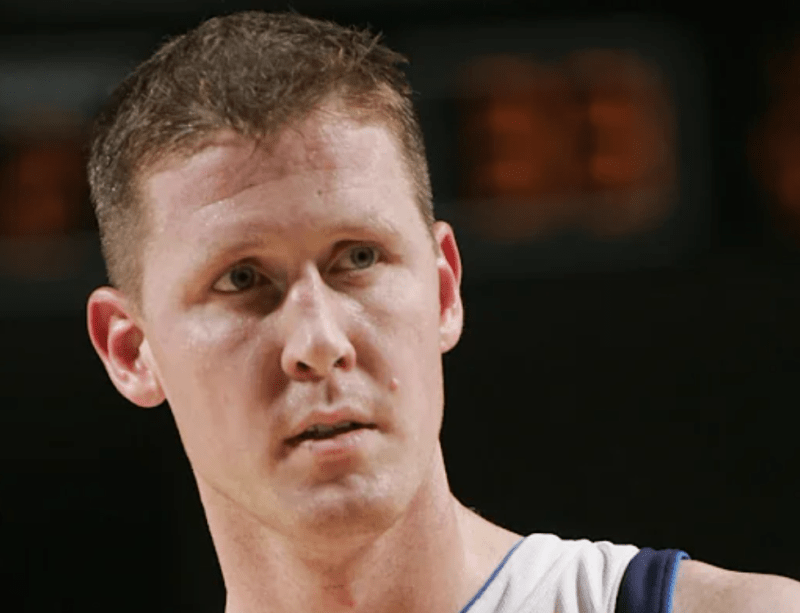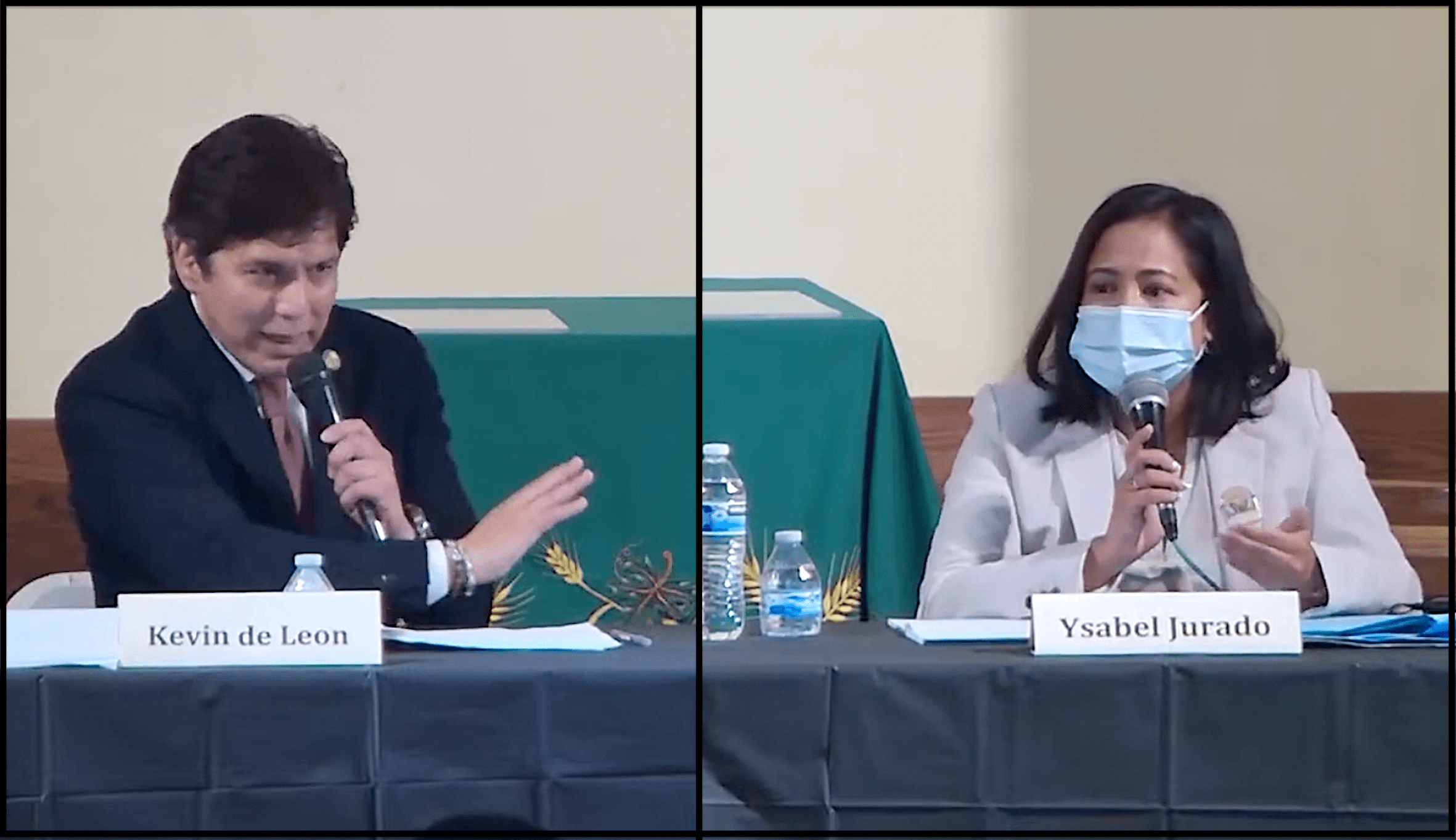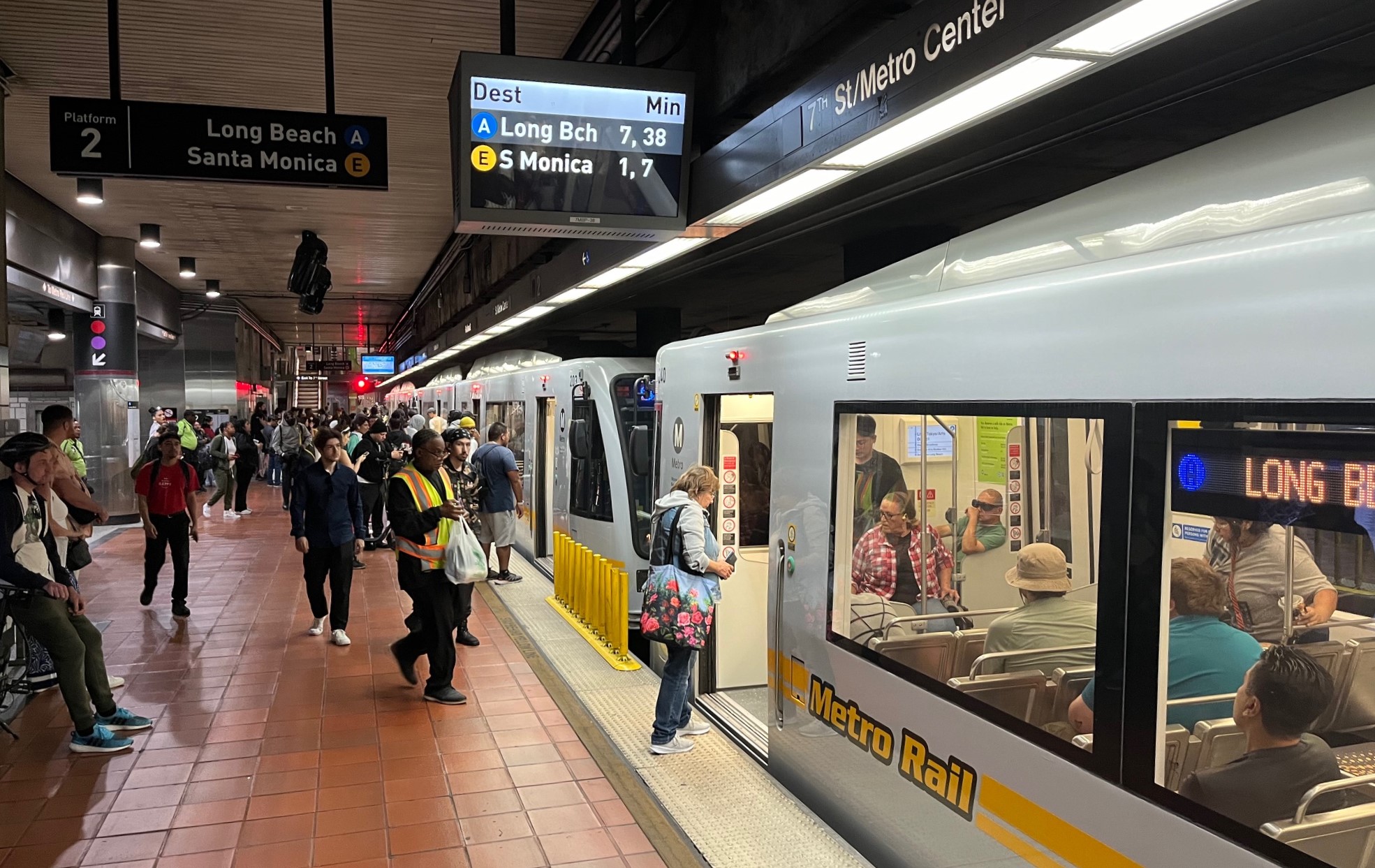The announcement that Dallas Mavericks player Shawn Bradley was struck and paralyzed by a driver while riding his bike is the latest reminder that no one will be safe from our national traffic violence epidemic until we commit to ending it.
In a statement issued on behalf of Bradley's family, the Mavericks' press office noted that the retired 7-foot-6 athlete was "struck from behind by an automobile while riding his bicycle a mere block from his home in St. George, Utah." The release also noted that the crash occurred on Jan. 20, and that Bradley has since been undergoing rehabilitation for a traumatic spinal cord injury that resulted in paraplegia, or paralysis of the lower extremities.
No further details were provided about the crash, including the make and model of the car, the design of the road, the behavior of the driver, and whether or not that driver was charged with a crime. Streetsblog has reached out to the St. George police department for information and will update this story if we receive a response.
The Dallas Mavericks have issued a press release on behalf of former Maverick Shawn Bradley as well as statements from Mark Cuban and Donnie Nelson. pic.twitter.com/F9fCtlZ1zJ
— Mavs PR (@MavsPR) March 17, 2021
The news prompted an outpouring from street safety advocates, who saw the crash as a disturbing reminder of the continued prevalence of cyclist/driver crashes in America — and saw the ensuing media coverage as a prime example of how ill-equipped we still are to talk about it.
Throughout the release, Bradley's crash was referred to as an "accident," and news outlets across the country echoed that language in headlines. Groups like Transportation Alternatives (and in certain cases, the AP Stylebook itself) have long cautioned against calling car crashes "accidents" by default, noting that the word conditions readers to view incidents of traffic violence as random and inevitable, rather than the consequence of choices made by drivers, road engineers, policymakers, automakers, and our car culture at large — choices which can and must be changed.
In a tweet to Streetsblog, the Mavericks organization defended its use of the term because it had "used the language that Shawn and his family asked [it] to use."
The media are doing a bang-up job in either discounting any agency of the human being responsible for driving the machine that struck Shawn Bradley or discounting any cause-effect whatsoever by using the word "accident." https://t.co/nm0OhDTcd0
— Brock Howell (@BrockRides) March 17, 2021
Of course, the Bradley family is in the midst of an unimaginably difficult recovery — and despite the "Space Jam" star's noble commitment to one day use his platform to "bring greater public awareness to the importance of bicycle safety," they have only just been thrust into the conversation about ending traffic violence in America, and cannot be expected to learn about the importance of victim-centered framing overnight.
But the journalists reporting on the crash should certainly know better — or, at the very least, we all should think more critically about the circumstances that lead to Bradley's injury, and every single one of the 49,000+ cycling injuries and 800 fatalities that occurred on American roads in 2019.
Many advocates on Twitter were quick to point out that as the second-tallest player in NBA history (a title he shares with players like Manute Bol and Yao Ming), Bradley was likely much more visible to drivers than the vast majority of American riders, contradicting the refrain that cycling "accidents" are common in U.S. cities because drivers "just can't see" people on low-slung bikes.
But it should also be noted as the average American vehicle gets bigger and bigger, so too does its blind spots, some of which extend upward of ten feet — and that's just in the front of the vehicle. In the absence of vehicle safety standards that even bother to factor in the safety of cyclists and other vulnerable road users, it's not inconceivable that even professional basketball players might find themselves falling in a megacar's blind zone — if not now, then likely soon enough.
Seriously, think about what Shawn Bradley looked like riding a bike and what it would take to not see that guy from behind. Then think about your kids riding a bike to school.
— Peter Flax (@Pflax1) March 17, 2021
Until we get more details, we won't know for sure what role our nation's unacceptable vehicle design standards played a role in Bradley's crash. Nor will we know whether the road where the crash occurred was designed for speed, as the road was in the area where Tiger Woods suffered his own recent collision — and as countless roads are in communities across America. We don't know whether the driver was drunk, or using a cell phone, or serving as a human backstop to a semi-autonomous car, or paying full and complete attention to the road ahead.
But what we do know is this: as a white, multimillionaire athlete with significant privilege and good fortune, Shawn Bradley had access to every imaginable safety resource available to cyclists who want to keep themselves as safe as they can on U.S. roads.
He could afford a helmet, a laser light show worth of bike lights, and any other equipment with which NHTSA tells vulnerable road users to arm themselves to stay as safe as possible on fundamentally unsafe streets. He could afford a fast, well-maintained, custom-made bicycle. If he wanted to take one, he could afford an advanced cycling skills class to navigate even traffic-choked routes with confidence. He was able-bodied, athletic, and as a cyclist of over 15 years, experienced enough to ride quickly and with agility. He could move through his neighborhood streets freely without fear of a disproportionate risk of police or vigilante violence based on the color of his skin, his gender expression, or any other aspect of his identity.
He was still struck by a driver. His life, despite its many blessings, has still been forever changed. And regardless of what we ultimately learn about the circumstances of crash, we already know this: Shawn Bradley's crash could have been avoided, if our society had simply committed to proven strategies to end traffic violence, as societies around the world have already successfully have done.





